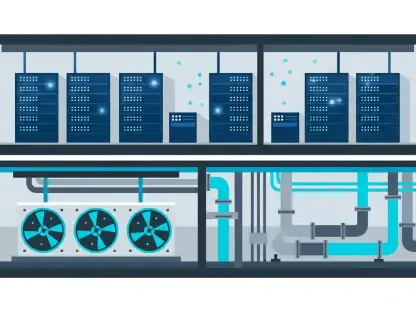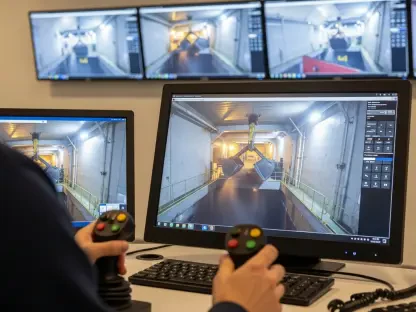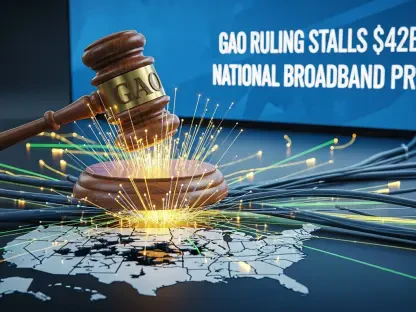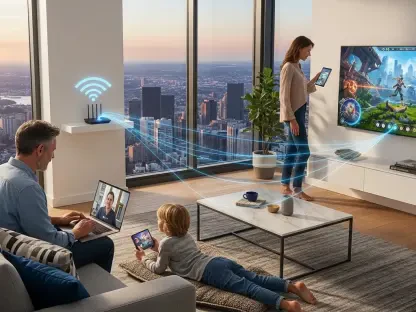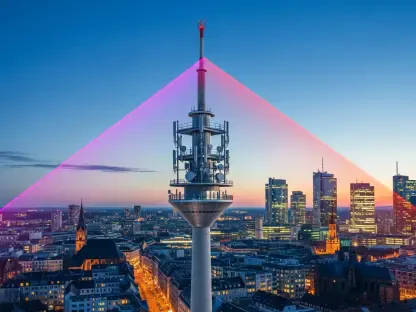The telecommunications sector is currently immersed in a transformative phase, driven by the deployment of 5G technology’s unprecedented speed and capabilities. This remarkable evolution promises to redefine how industries operate and individuals interact across digital landscapes. As 5G continues to expand its reach, understanding its potential and its ramifications on various applications could pave the way for more innovative solutions and enhanced experiences.
Understanding 5G’s Core Components
At its foundation, 5G technology is characterized by faster data transfer rates, reduced latency, and enhanced connectivity. These components are built upon a robust infrastructure comprising advanced network architecture that supports significant digital traffic while maintaining a high degree of reliability. Emerging amidst rapid technological advancements, 5G has become integral to the growth of the Internet of Things (IoT), smart cities, and other high-bandwidth applications driving modern society forward.
Key Features Driving 5G’s Impact
Enhanced Mobile Broadband
Enhanced Mobile Broadband (eMBB) forms the bedrock of 5G’s transformative potential, offering improved data transmission rates, greater capacity, and more reliable connectivity than its predecessor, 4G. This advancement enables users to experience seamless connectivity, facilitating high-definition streaming and interactive media experiences that were previously unattainable.
Ultra-Reliable Low Latency Communications
Ultra-Reliable Low Latency Communications (URLLC) is a pivotal aspect of 5G technology that grants instantaneous data transmission. This capability is crucial for applications such as telemedicine, automated machinery, and autonomous vehicles, where every fraction of a second counts, ensuring accuracy and safety in critical environments. URLLC fuels advancements in different fields by offering unprecedented reliability and performance.
Recent Developments in the 5G Landscape
Innovation continues to propel 5G technology forward, as recent developments showcase its evolving capabilities. Telecommunication companies are racing to deploy advanced solutions that cater to the shifting demands of industries and consumers alike. Noteworthy trends include the introduction of energy-efficient solutions and the increasing reliance on AI-driven networks, which adjust autonomously for optimal performance.
Real-World Applications of 5G Technology
The deployment of 5G technology is revolutionizing diverse domains. In healthcare, its rapid data exchange allows for real-time patient monitoring and remote procedures. Manufacturing industries utilize 5G to streamline processes through automation and smart machinery. Autonomous vehicles benefit from low latency and real-time data transfers, creating safer and more responsive navigation systems. These examples illustrate the profound impact 5G has across various sectors.
Challenges Faced in 5G’s Expansion
Despite its promise, 5G expansion encounters challenges that include technical and regulatory barriers. As companies strive to modernize existing network infrastructures, they face hurdles in integrating new technologies seamlessly. Additionally, regulatory frameworks require adaptation to accommodate 5G’s distinctive characteristics, posing further complexities. Addressing these issues requires collaborative efforts, forward-thinking strategies, and rigorous testing to ensure successful 5G harmonization.
Looking Ahead: 5G’s Future Prospects
The future of 5G technology might herald breakthroughs in connectivity and functionality. As telecommunication infrastructures integrate more sophisticated technology, expectations include increased connectivity, further reductions in latency, and wider coverage areas. Long-term impacts are projected to significantly transform sectors such as transportation, entertainment, and energy management. These developments hold promise for enhanced societal connectivity and a more interconnected world.
Conclusion
The review of 5G technology painted a vivid picture of its vast capabilities and applications. Companies have modernized operations by leveraging its advanced features crucial for enhancing connectivity. The challenges faced during expansion were thoroughly considered, underscoring persistence and innovation needed to overcome hurdles. Future projections highlighted potential advancements that could redefine industries, cementing 5G as a transformative force in telecommunications. The strides made so far have laid a firm foundation for future collaboration and innovation in digital ecosystems.


